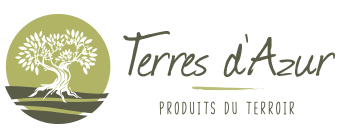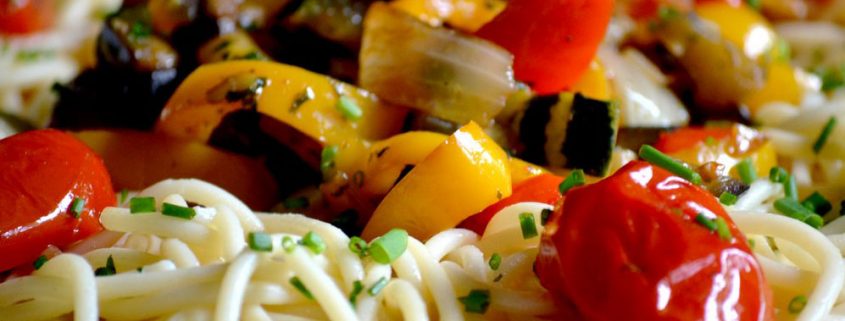Provence, land of wheat.
Behind its 800 km of seafront, the SOUTH Region offers superb landscapes and striking contrasts between high mountain areas, garrigue and coastal reliefs, vineyards and plains bordering the Rhone before blossoming in its delta.
This is where the cereal crops are concentrated. On nearly 90,000 hectares (ha), they occupy 15% of the useful agricultural area, almost equal to the vine. These crops are mainly oriented on durum wheat (43,500 ha). The word “wheat” is a generic term. It is very rich in gluten and used to produce semolina and pasta.
Pasta in Provençal and Niçoise gastronomy.
Certainly, pasta is the prerogative of our Italian cousins. But in our region, they are also very present in our kitchen: spaghetti with pesto, vegetables, cannelloni in the bush, ravioli from Nice, gnocchi with red pesto, soup with pesto.
Dry or fresh, they are all colors, but green pasta is a Provencal specialty. Most often, they are based on spinach or chard. They come from the valleys of Ubaye and Roya where they are part of a mountain lifestyle that combines picking and self-consumption.
Let’s do some history …
In fact, dry pasta was introduced to Italy by the Arabs in the ninth century, when they conquered Sicily. The proof of the existence of the pasta, even before the birth of Marco Polo, is given by the Arab-Andalusian geographer Al-Idrisi who, in his “Book of Roger”, published in the twelfth century, evokes pasta factories located in Trabia, near Palermo. They will then invade all of Italy by commercial means.
In France, the Panzani brand is emblematic of pasta and the group has major production and research units in Provence (Marseille, Vitrolles).



